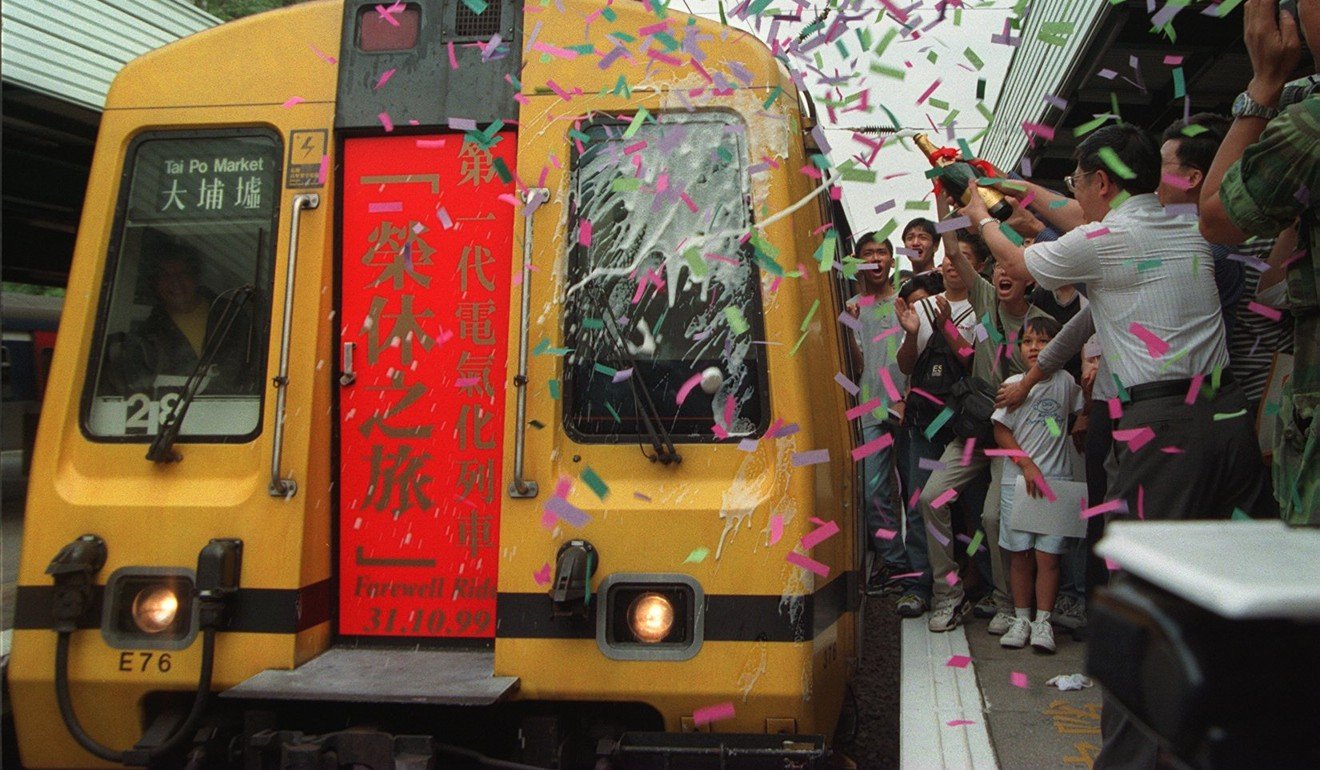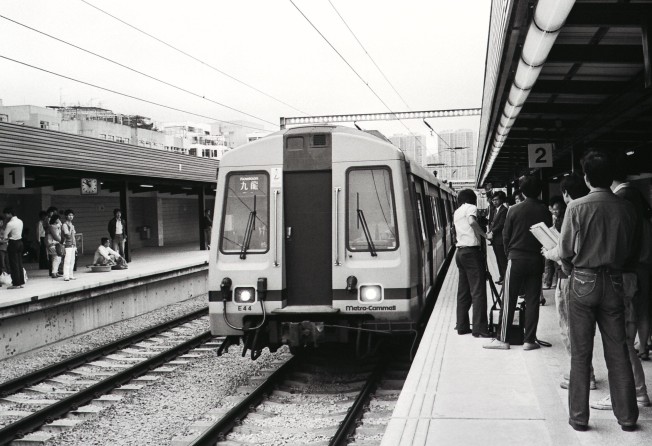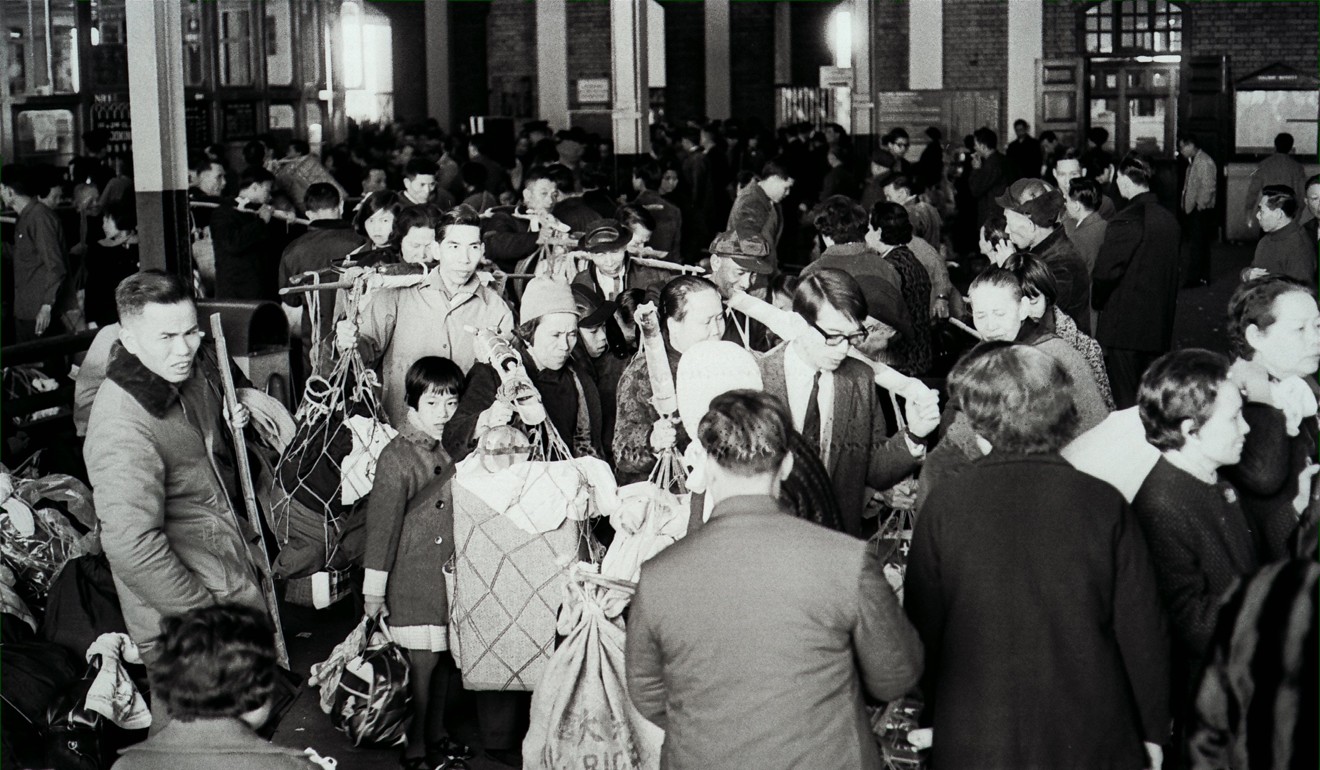
How Kowloon-Canton Railway history sheds light on the need for Hong Kong’s express rail to the mainland
Hua Guo and Victor Zheng say the Kowloon-Canton Railway was once considered a ‘white elephant’ by the public too, but the officials of the day knew that it was a necessary investment for Hong Kong’s economic future

The Hong Kong section of the Guangzhou-Shenzhen-Hong Kong Express Rail Link opened this weekend, yet public excitement over the prospect of a brand-new high-speed rail link has been tempered by the numerous controversies that have surrounded it over the past eight years.
History may help to define the future if we study the past. The Kowloon-Canton Railway (KCR) was the first cross-border railway connecting Hong Kong with mainland China. The railway has a British section and a Chinese section. The former, which was officially opened on October 1, 1910, is the basis of today’s East Rail Line connecting Kowloon with Lo Wu. A year later, the latter was completed from Lo Wu to Canton (Guangzhou).
At the grand opening of the railway, Mr E.S. Lindsey, the chief resident engineer of the KCR, was reported by the Post to have said that “it would be possible to go from Canton to Hong Kong in four hours, allowing the passenger time enough to transact business and return home on the same day”.
No one today questions the benefits of the East Rail Line to Hong Kong, but few know that it would not have been constructed if Hong Kong had not faced a threat to its competitiveness. A major British trading house obtained a concession in 1898 from the Imperial Chinese government to build a railway connecting Hong Kong with Canton. The railway itself had not been constructed due to the higher cost of transporting goods by train than by river steamer until when the Americans financed construction of Canton-Hankow railway and proposed to build their own deep water port near Canton.
These plans posed a threat to Hong Kong’s role as the maritime hub connecting China with the rest of the British Empire. Thus, the Hong Kong colonial government rushed to start construction on the KCR, using public funds to pay for the excavation of the British section from Kowloon to Lo Wu in 1905.

The initial budget for the 22-mile British section was roughly HK$5 million to HK$6 million, but the cost ballooned after a series of engineering difficulties, a shortage of reliable labour, and delays due to typhoons. When completed, the project cost the colonial government around HK$12 million, more than double the original estimate.
The constant delays and ever-increasing cost aroused deep suspicion about Hong Kong’s capacity to pay for it and led to vehement attacks about the management of the project
The constant delays and ever-increasing cost of the railway project aroused deep suspicion about Hong Kong’s capacity to pay for it and led to vehement attacks from the public about the management of the project. Besides being ridiculed as a “white elephant” by the public, the project faced criticism from high-ups.
In the Legislative Council, a member of the Chamber of Commerce was reported to have launched the following diatribe against the colonial government: “I doubt if any other railway in the world, with the exception of one or two in South America, has ever cost such a terrible sum of money. I certainly think that those who are responsible for the construction and expenditure have not had the proper interests of the taxpayers before them.”
At the opening ceremony of the British section of the railway, E.S. Lindsey defended the project: “Railways like this one, which are intended for the development of a district, usually do cost a good deal, and until that development is accomplished, the traffic must necessarily be slight. The original intention is liable to be lost sight of when, after a railway is finished, traffic sufficient to pay for the interest on its cost is not immediately forthcoming.”
Sir Francis Henry May, then Officer Administering the Government, said in his opening speech: “We do not expect that this line by itself will pay remunerative interest on the large capital spent on its construction. But the indirect beneficial results to the colony will, I think, be such as to recompense it in some measure for the large expenditure that has been incurred.”

If Hong Kong’s advantage of location was sufficient to make it a port of strategic convenience for trade, this advantage could easily be displaced with the advancement of transportation technologies. However, upon the completion of the KCR, Hong Kong could act as a transcontinental land bridge. As Sir Francis Henry May spoke of “the benefits this line will bring to us by linking our colony to the neighbouring province of Kwangtung, and by forming a part of the gigantic railroad which we hope will soon extend without a break from Kowloon to Calais.”
Today, Hong Kong’s decision-makers are facing the same questions as those faced one hundred years ago by the people of colonial Hong Kong: should any decisions on Hong Kong’s future be judged overwhelmingly by short-term gains and losses? Without a doubt, history offers a lesson that answers those questions for the people of today.
Dr Hua Guo is a research associate at the Hong Kong Institute of Asia-Pacific Studies, where Dr Victor Zheng is the assistant director